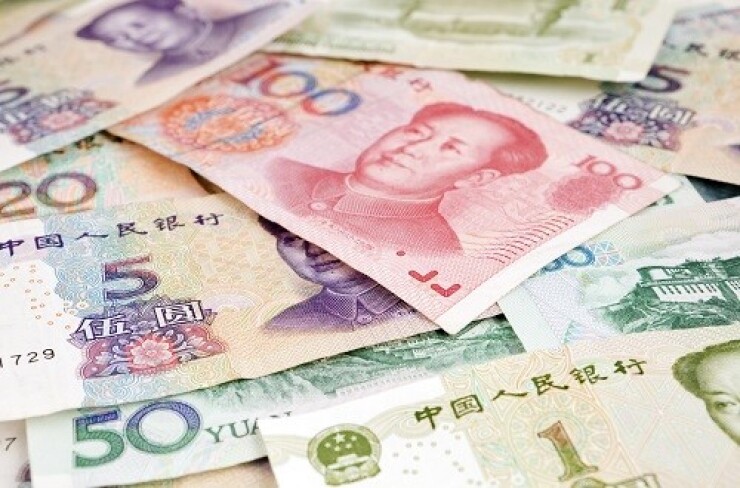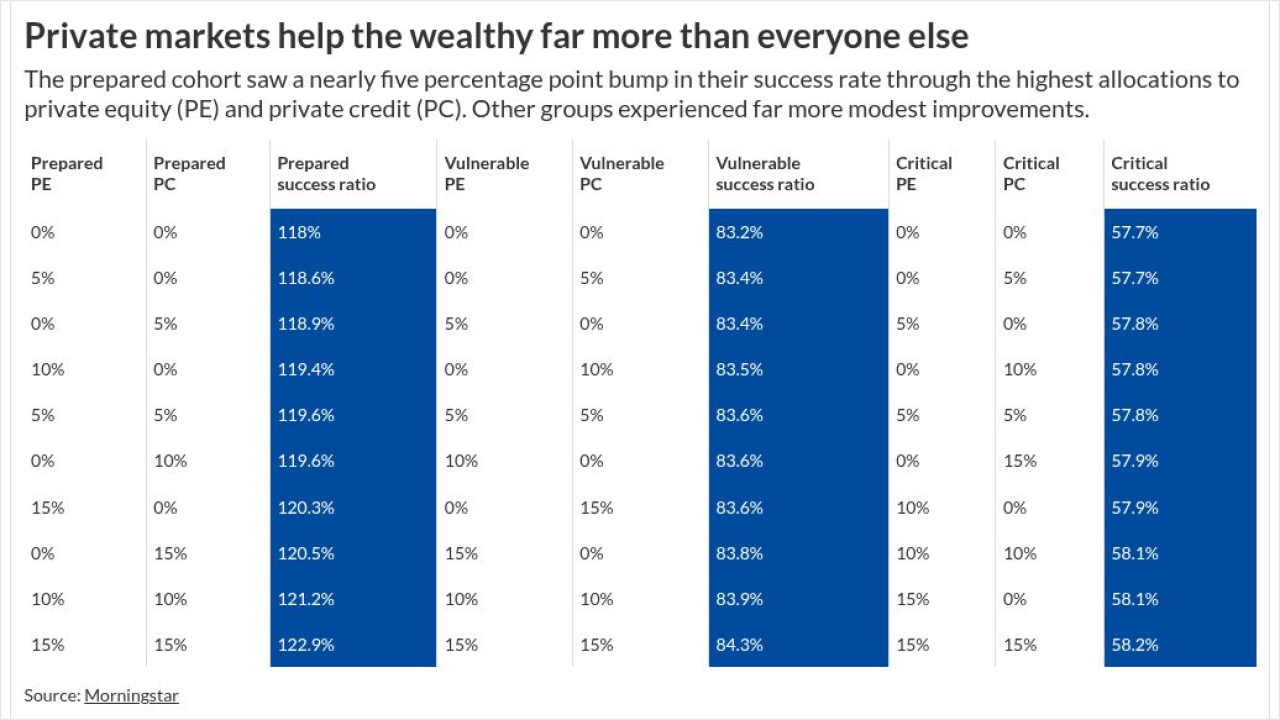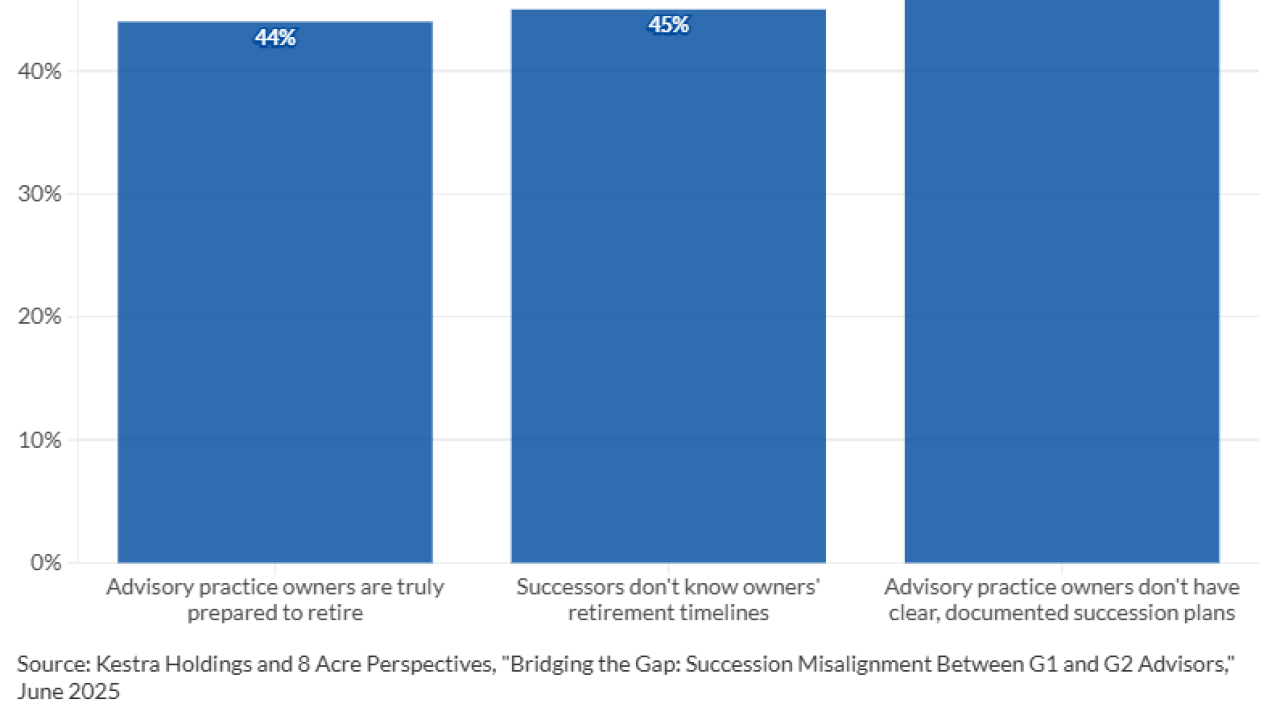
When the largest U.S. exchange traded fund tracking mainland China stocks, known as A-shares, had to virtually stop taking money at the end of November due to overwhelming demand, China A-Shares ETF providers said it was a demonstration of pent-up investor interest for a market that was until very recently out of their reach, as well as an example of how ETFs can innovatively address future investment opportunities.
But even as China gradually opens up its economy, supplying Chinese equity demand is not a simple process of deciding to launch an ETF product, providers say. There are a number of operational challenges that a firm must navigate to make the offering available, including finding the right local partner in China, calculating how much A-share quota they should attempt to access and managing a complex system of global exchange that involves precise timings and potential risks for clients.
"It does require a certain amount of expertise," says Dodd Kittsley, head of ETF strategy at Deutsche Asset & Wealth Management, which provides the largest such fund, the $646 million Deutsche X-trackers Harvest CSI 300 China A-Shares ETF. "You have to deliver more than just a product. To make this happen takes a lot of work, the right partnerships and an understanding of the nuances of Chinese regulators."
ETF providers hope to capitalize on two forces driving U.S. market interest in China-related investment products, says David Garff, president and chief investment officer with Accuvest Global Advisors, a Walnut Creek, Calif.-based advisory firm.
One factor is a general interest in owning part of the Chinese economic growth story, Garff says. Though the Chinese economy is at its slowest since the global financial crisis in 2008, GDP grew by 7.3% in the third quarter. Headlines about Chinese IPOs also has spurred interest. "There are lots of people who want to own China for fundamental reasons, including economic growth, earnings growth, and really good demographic reasons," Garff says.
Additionally, Kittsley says that "investing in mainland China has also become relevant and efficient to U.S. investors and currency hedged ETFs, which provide investors an efficient way to access international equities while controlling for potential negative effects of a stronger U.S. dollar."
The other factor pushing demand is the relatively new opportunity to cheaply invest in Chinese mainland stocks through an ETF provider.
Chinese regulators only began allowing approved foreign asset managers access to a prescribed equity share quota in the last decade under its QFII scheme. In 2011, a new quota scheme was introduced, the RQFII, where U.S. managers can use local subadvisors through Hong Kong offices to secure quota for funds.
The RQFII was more amenable for ETF creations, Garff explains, as the QFII quota had liquidity constraints that posed difficulties for share redemptions.
According to Bloomberg, ETFs outside China investing directly in mainland securities now have about $9.5 billion of assets. "The ETF wrapper is a great way to get access to certain things," Graff adds. "The idea that you can get Chinese A-shares for 85 basis points with custody and all of the attendant costs and be able to buy it on the New York Stock Exchange, is a home run."
QUOTAS, SUBADVISORS
Getting access to that share quota involves a dialogue with Chinese officials that foreign asset managers cannot broach alone, says Amrita Nandakumar, ETF product manager, Market Vectors ETFs, with Van Eck Global. Van Eck offers three China ETFs, including the $57 million ChinaAMC A-Share ETF.
Regulator decisions to award quota are partly based on reputation and expected capability, she says, so having the right local partner as a subadvisor is critical.
There are also the operational complications that come with moving investor money to Hong Kong. "Normally when we get an order, to be able to trade on that day, we need an extra day," she says. "There is a risk involved in that. Then it needs to be done in a timely fashion, as the market is only open for four hours.
"A lot of this is going on while we are sleeping," she adds. "We are always hoping all the money is being converted and systems are working. Thankfully we've never had a problem, but certainly it is a risk, and we're very candid about that.
"It is one of the many unique operational issues when offering this type of product," Nandakumar says. "You really have to want to offer it because you really have a lot of work."
Though transparency in China remains a general concern, Kittsley says he is encouraged by the speed in which Chinese authorities are becoming more flexible toward foreign investors,
"It's very much an evolving process in terms of granting quota, but we see the demand," Kittsley adds. "We know the potential of the fund in the underlying market. We've seen positive steps with the Chinese regulators. There are a lot of great signposts that they are opening up the market."
DIFFERENT CUTS
Even though U.S. investor demand for A-Shares is still nascent, ETF providers are already expanding offerings from other segments of the Chinese economy. Van Eck, and most recently Global X Funds, launched funds that provide U.S. investors access to China's onshore bond market.
Nandakumar expects operational difficulties to keep the China A-Shares ETF provider field small. "It requires such a huge amount of time and resources, so for now there won't be a large number of players in this space," she says.
Kittsley agrees. "There's plenty of room for different cuts of the market to be successful," he says. "The issue has been access."





